According to the latest report of the UN Intergovernmental Panel on Climate Change, switching to renewable energies instead of fossil fuels is the way to limit the most severe effects of climate change in the world, if urgent action is not taken, humanity will fail to limit warming and probably by 2030 will experience numerous extreme weather impacts with a future of more fires, droughts, storms, etc.
Climate change brings threats and dangers to the survival of communities around the world and although Indigenous Peoples are the least contributors to greenhouse emissions, they are among the first to face the direct consequences due to their dependence and close relationship with the environment and its resources. In fact, Indigenous Peoples are vital to, and actively participate in, the many ecosystems that exist on their lands and territories and can contribute to enhancing the resilience of these ecosystems, and they interpret and react to the impacts of climate change in creative ways, drawing on traditional knowledge and other technologies to find solutions that can help society at large cope with the impending changes.
Therefore, from Pawanka Fund we would like to share some of the initiatives that indigenous communities have undertaken in relation to climate change.
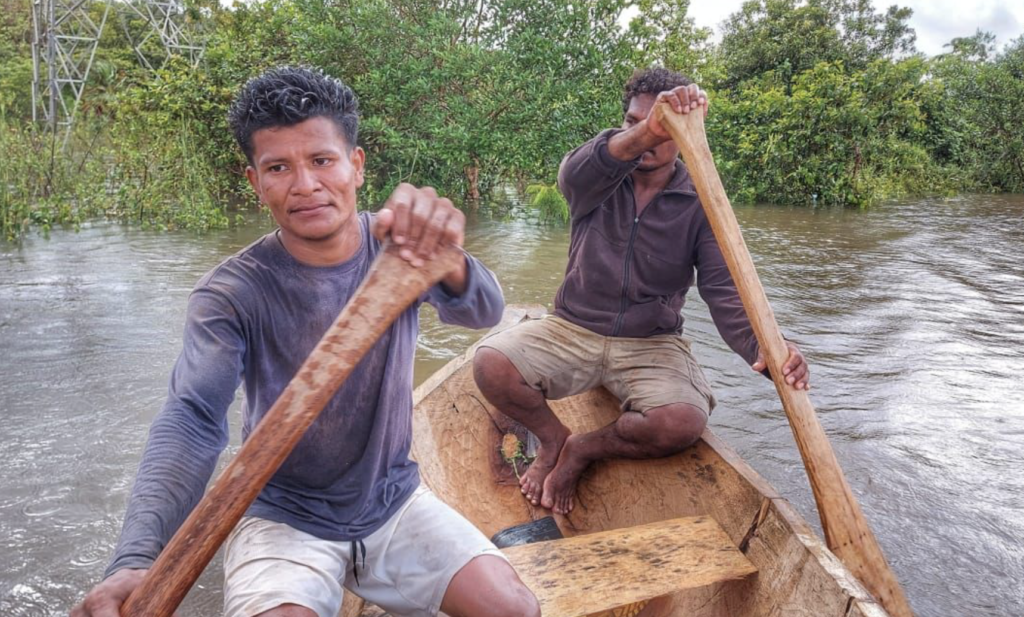
1. Rising after the storm. An initiative of the Haulover and Wawabar, (Nicaragua) communities that have improved nursery management practices based on local resources and inputs, in addition to the intergenerational indigenous knowledge transmitted. They have also reforested five hectares with traditionally used plants in the areas affected by the hurricanes.
2. Rainwater storage and distribution for land humidification. Rapanui People created an initiative that was implemented with the effective use of water in the space destined for agriculture, a total of 9,000 m2 where the Integral Development Center of the NGO Toki Rapa Nui is located. It consists of the collection, storage and distribution of rainwater and the development of innovative mechanisms for the use of environmental water vapor in the humidification of the plantation land to combat water scarcity and improve the food security of the community.
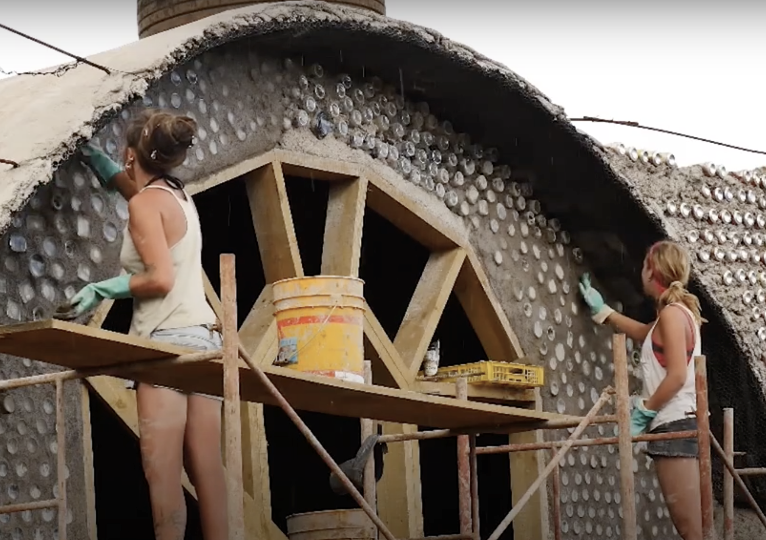
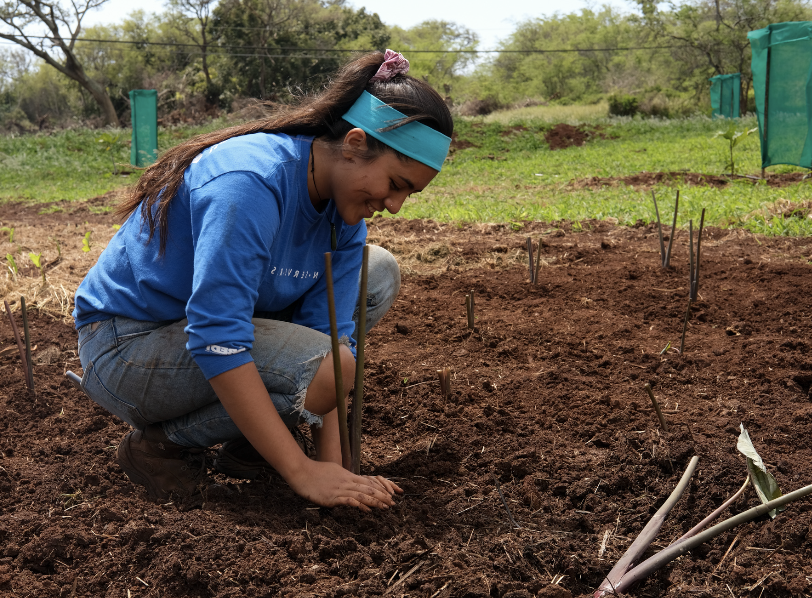
3. Keawanui Aloha ‘Āina Keawanui Scholarship Program. Indigenous Peoples of Hawaii revitalized traditional food systems, fishponds, and traditional agriculture as a way to increase local food production, preserve natural and cultural resources, and train new practitioners by building capacity in the management of indigenous natural and cultural resources and traditional food systems. They focus on the Keawanui fishpond and cultural learning site, where they restored a 3-acre area into an ancestral feeding ground that cares for the site’s 55-acre traditional fishpond.
4. Indigenous Women Leaders for Climate Resilience and Food Sovereignty. Through the agro-productive initiative they provided food security and access to water in a sustainable way with the construction of reservoirs in Natagaima and Tolima, Colombia; by providing job opportunities for women obtaining agro-sustainability over time and thus achieving food security for themselves and their families.
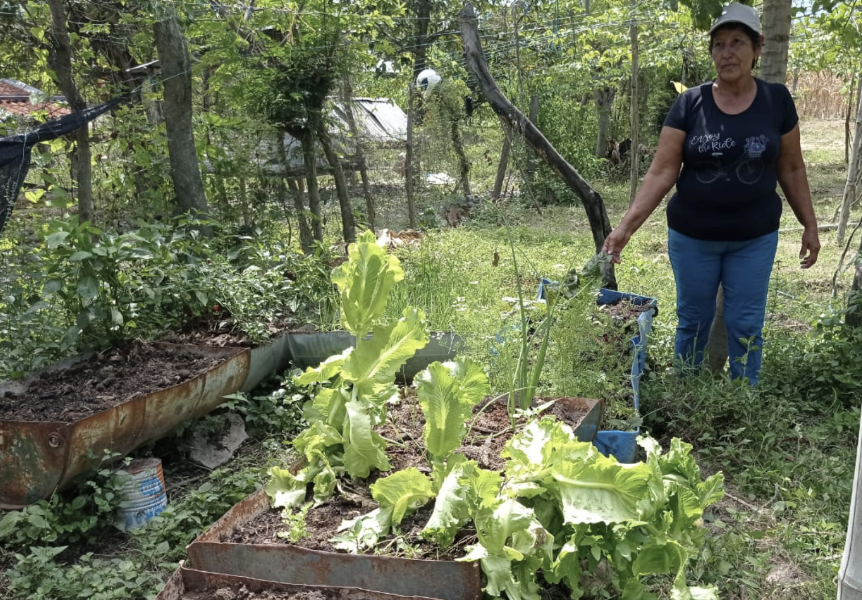
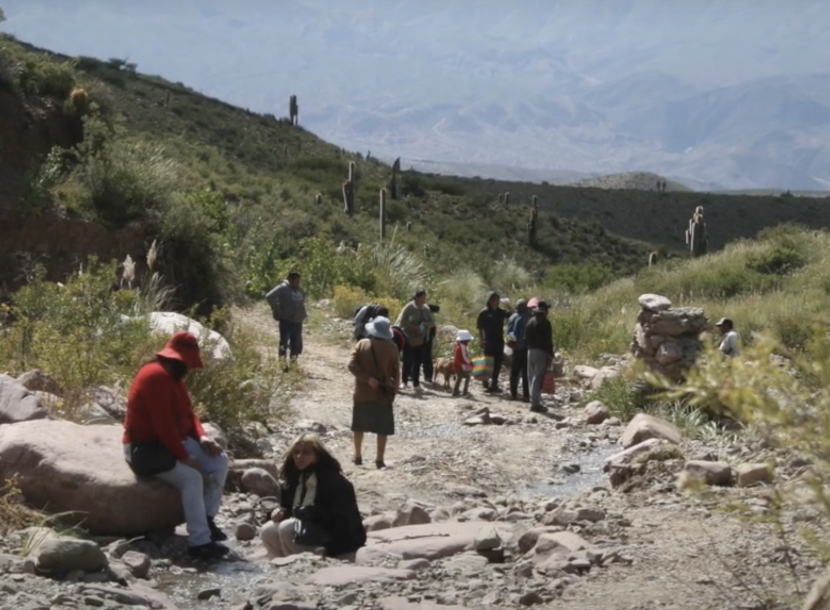
5. Intergenerational transmission of traditional knowledge to confront climate change the youth of the Omaguaca, Kolla, Aymara and Lickanantay Indigenous Peoples learned from their elder’s traditional knowledge for reforestation with native species, production and conservation of medicinal plants and traditional foods, including waste management.
6. Strengthening the economy and nutrition based on Mapuche knowledge. The Llaguepulli community created resilience of the Mapuche-Lafkenche Indigenous People’s agriculture in the Lake Budi area in the face of climate change. This initiative has made it possible to respond to the needs and aspirations of their people and is based on self-organization and permanent collaboration, which has allowed them to generate opportunities and face the challenges of agriculture for their people in a context of limited access to natural resources due to climate change.

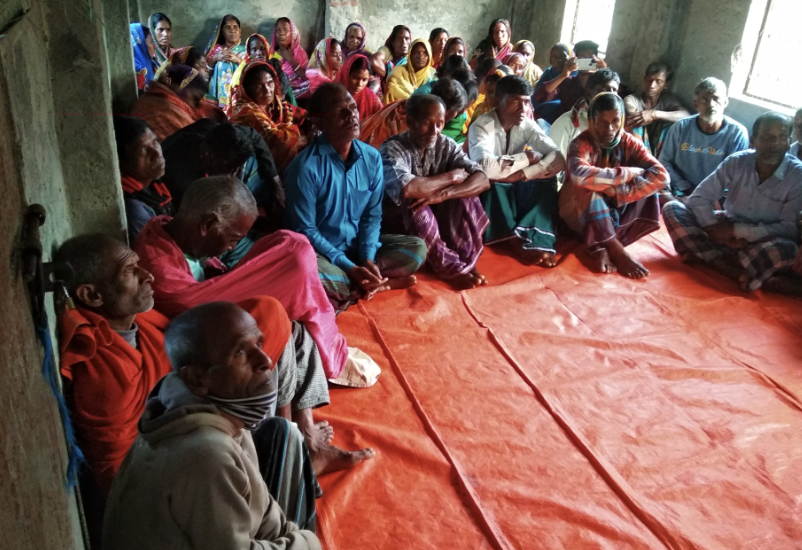
7. Indigenous Munda people adopt their ancestral knowledge to overcome the effects of climate change. The Munda people are one of the most vulnerable and disadvantaged in Bangladesh. To date, the area has faced climate hazards such as cyclones, tornadoes, floods and other natural disasters. The main objective of this initiative is to increase resilience to the adverse impacts of climate change through awareness raising and restoration of traditional knowledge.
8. Women’s participation in addressing climate change in West Kalimantan – Indonesia. Indigenous women are the primary caretakers of nature and their community, but in some communities, they have no decision-making power. This initiative facilitated indigenous women in the management and use of natural resources and will increase the active role of indigenous women in decision making. This initiative was carried out in 6 villages: Sekendal, Limpo, Antajam, Kelepuk, Bareh and Engkitip.
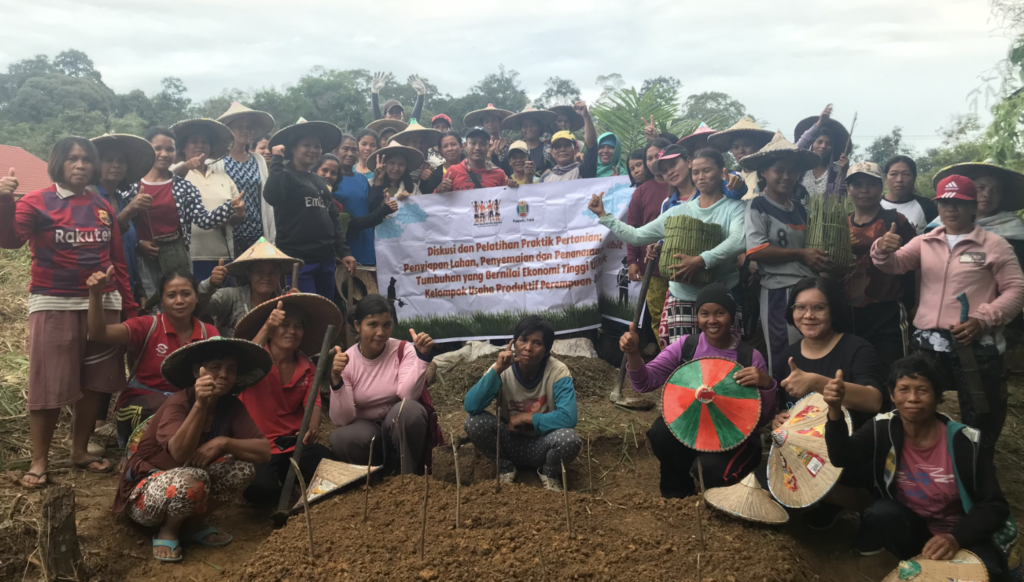
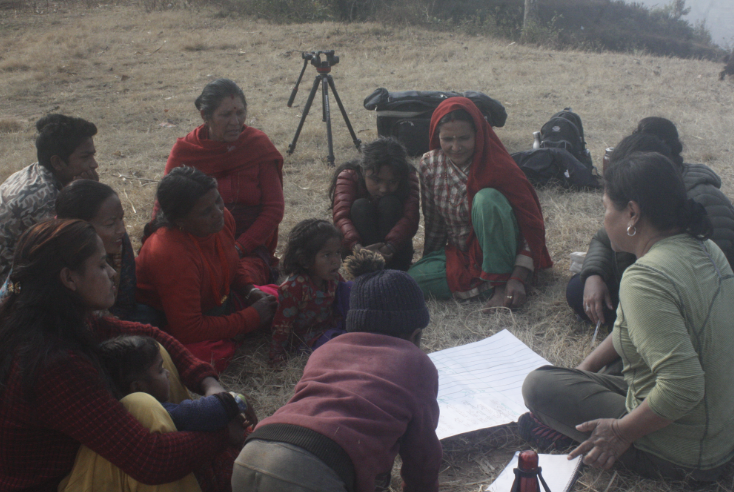
9. The Nepal Network of Indigenous Peoples with Disabilities strengthened networks through climate change initiatives. This initiative opened a debate on climate change and reflected the issues of gender, indigeneity, and disability to engage and build the leadership of indigenous youth and women with disabilities in the climate change debate. This initiative consisted of coming together, uniting and raising awareness and identifying the issues and impact of climate change, and learning how people, and women with disabilities, respond effectively to major environmental changes. But also, to strengthen leadership skills for their participation in climate change discussions.
10. Rotational agriculture and strengthening community resilience to climate change. The highland tribes of Kalinga (Philippines) demonstrated the sustainability of the “Kaingin system” as a key element for food production and agroforestry management in the fight against climate change. Younger generations and government agencies were introduced to the sustainable and holistic approach of the “kaingin” system to revitalize their good practices that will help address climate change impacts and provide food security to indigenous communities.

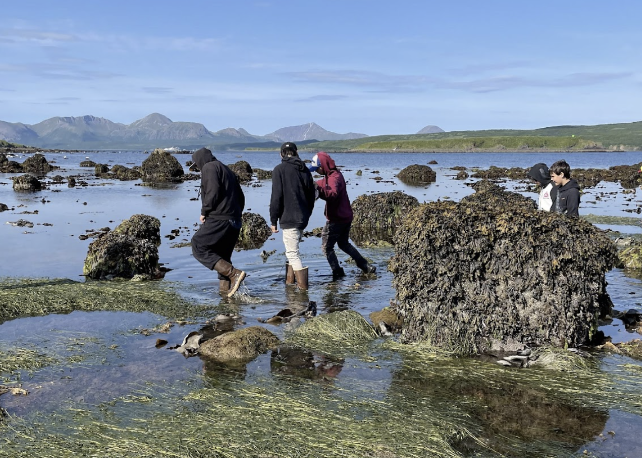
11. Climate, Food and Health. The Aleutian International Association in collaboration with regional tribal governments, worked with Talking Circle Media to document change and resilience in Aleutian communities with an ancestral knowledge recovery approach to address climate change in the form of digital storytelling. Topics covered were related to climate change, weather, traditional food use, and resilience for youth in three Aleutian communities.
12.Climate change and intergenerational actions. The Boran, Gabbra, Turkana, Samburu, Garri and Somali peoples promote their communities’ understanding and adaptation to climate change through intergenerational and intercultural partnerships and actions. They trained indigenous children and youth in the grasslands of northern Kenya to understand, assess and cope with future climate change impacts based on their cultural and natural heritage through intercultural dialogue and intergenerational exchanges.
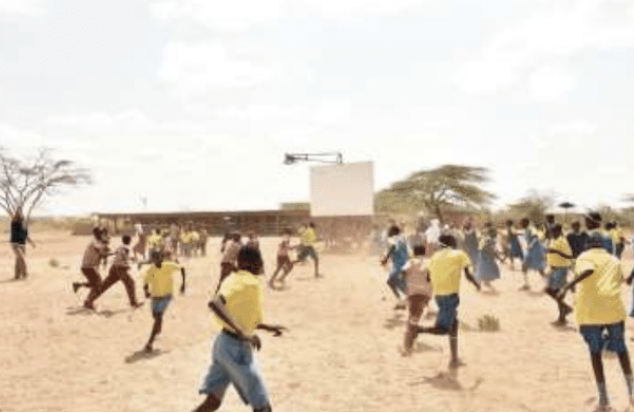
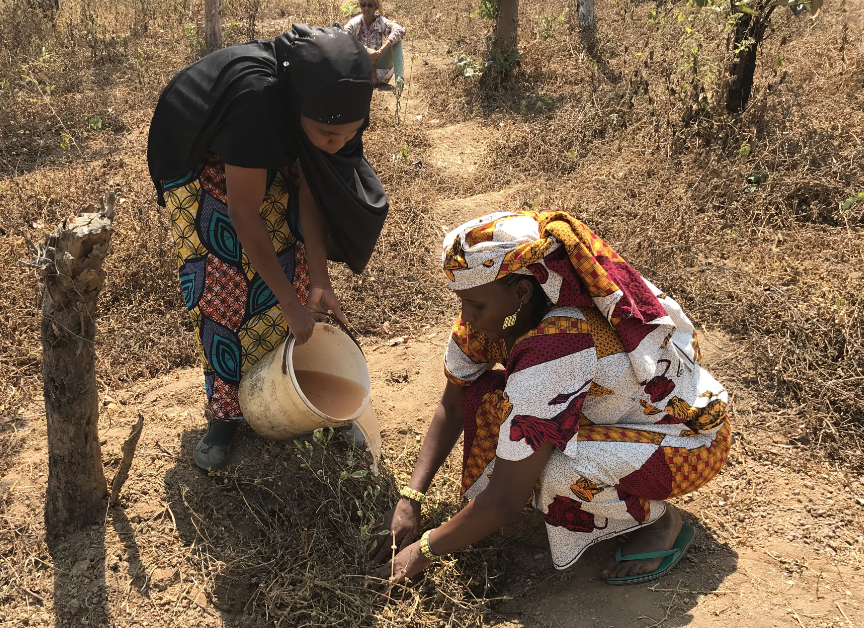
13. Coping with climate change through ancestral methods. The Mbororo pastoralists, through their history and lifestyle in natural environments, have developed considerable traditional knowledge on climate change adaptation and mitigation. They created initiatives to rescue, conserve and promote this knowledge and practices. Safeguarding Mbororo culture, reforestation, erosion reduction, improved pasture, food, medicines and income, and empowering women and girls with skills that increase their resilience to climate shocks that often affect them the most.
14. Indigenous knowledge and climate change. The Balega people promote and perpetuate indigenous knowledge, claim ancestral knowledge for forest biodiversity management to strengthen the resilience of indigenous forest farmers to climate change in the territory of Mwenga (Democratic Republic of Congo). Traditional and modern techniques that support biodiversity restoration, traditional seeds and climate change resilient foods were taught, as well as the valuation of harvest and indigenous foods through open markets and indigenous agricultural fairs that strengthened the livelihoods of the indigenous Balega, sharing indigenous knowledge that restore the biodiversity of the communities’ forests and thus strengthen resilience.
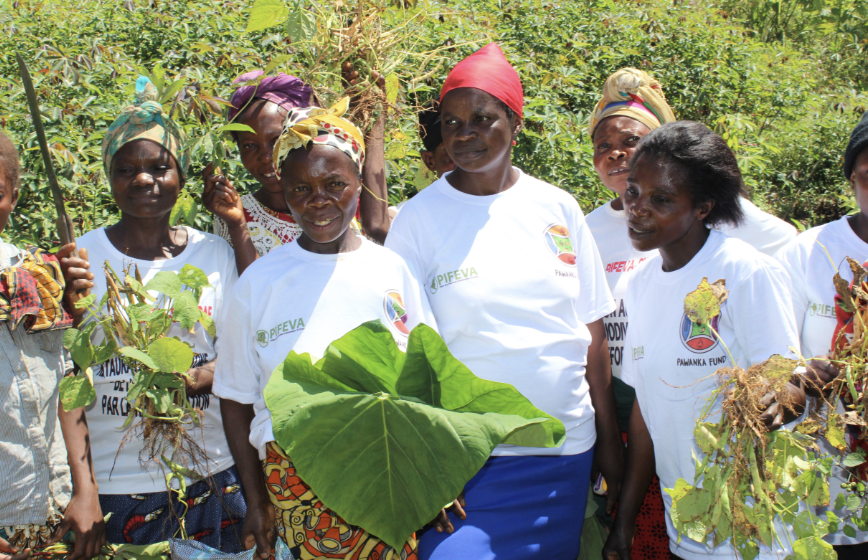
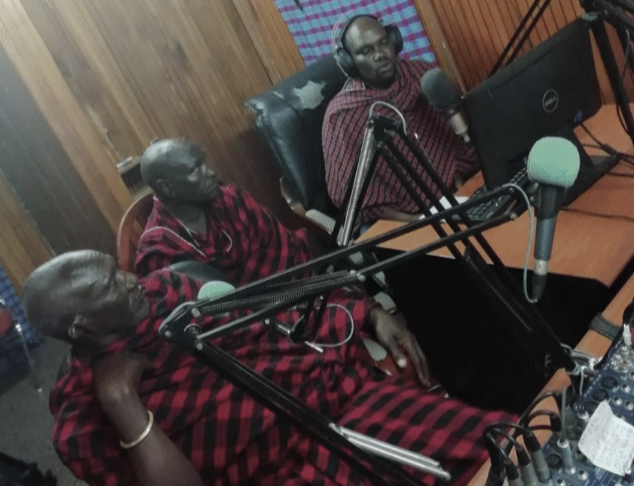
15. Strengthening cultural practices: Knowledge sharing between Maasai, Barbaig and Hadzabe peoples to address climate change. Strengthening indigenous cultural practices and traditional knowledge related to climate change adaptation and mitigation actions through dialogues with the full and effective participation of indigenous women, girls, men and boys, traditional leaders, to cope with climate change, such as prolonged and severe drought, floods and unpredictable weather.
16. Protection of freshwater springs. Climate change affects the water sources on which Indigenous Peoples depend. For this reason, the Indigenous Peoples of the Altai have long had a special connection to freshwater springs, in particular, sanctifying their use and the places where they are located as the “Milk of Mother Earth”. Due to increased tourism, these springs have been in high demand, leading to contamination of the springs, especially those traditionally used by the indigenous inhabitants, known as arzhany. The peoples of Altai, Telengits and Tubalars protect and improve the freshwater springs, share traditional cultural practices and protect the springs from pollution and drying up, as well as preserve the status of these places as the collective property of the indigenous peoples of Altai.
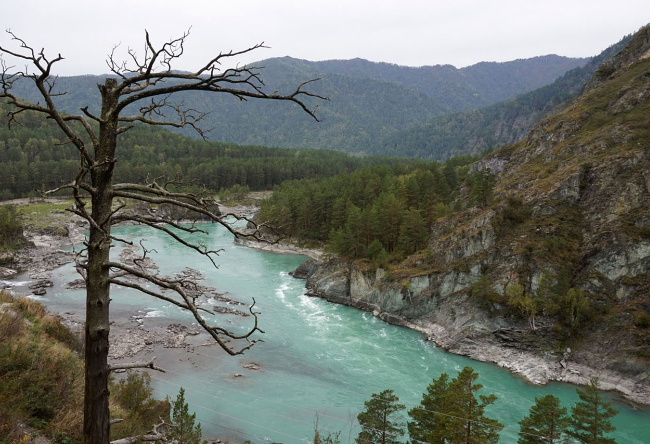
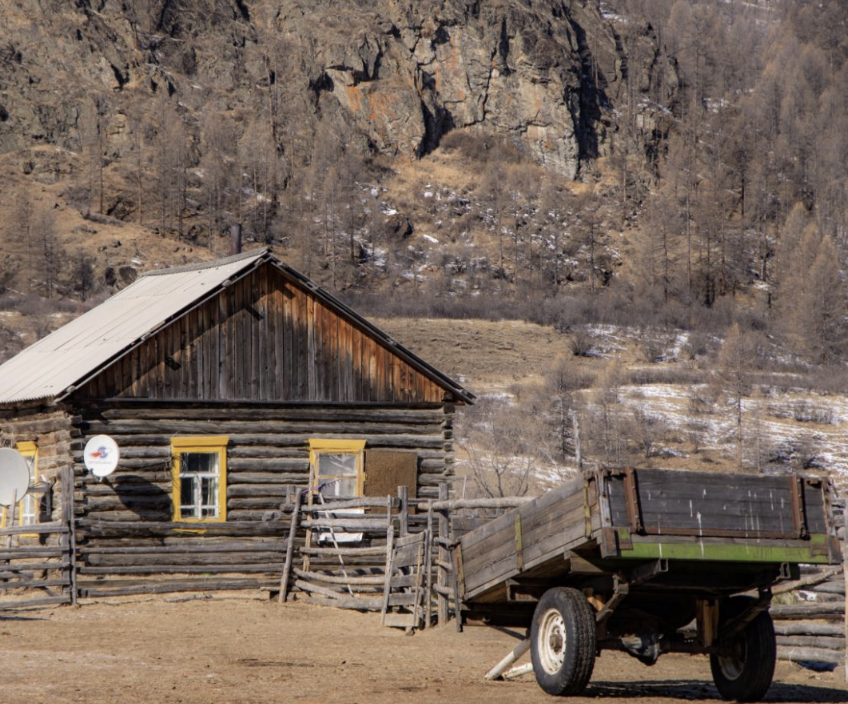
17. Pastoralism and climate change. The International Union of Indigenous Spiritual Practitioners, guided by its Council of Elders, considers climate resilience as an important aspect of its work. Climate change adaptation and mitigation efforts were carried out in their respective territories. focusing on strengthening the climate resilience of Indigenous Peoples of Central and Inner Asia through the revival of traditional values and knowledge and the consolidation of Yaks herders in the inter-regional association of Yaks herders for joint learning and collective leadership in the search for climate solutions. The Kyrgyz contribute to climate change adaptation and mitigation efforts with the revitalization of yak herding cultures in the highlands of Kyrgyzstan.
18. Forest food and agriculture to increase resilience to climate change. As bearers of traditional knowledge, Mayan women collected stories and recipes about forest foods for a calendar that will revitalize traditional knowledge about climate-resilient food species. Revitalize traditional knowledge of forest foods and increase Mayan food security and climate change resilience based on traditional agroecological knowledge. As peer educator farmers, they will lead community exchanges that promote soil conservation and stop deforestation with climate change resilient native species. Distributed in the Toledo district, which has the largest indigenous population, the calendar will inform a trilingual (English, Mopan and Q’eqchi Maya) exhibition that will interest other communities to replicate the initiative.
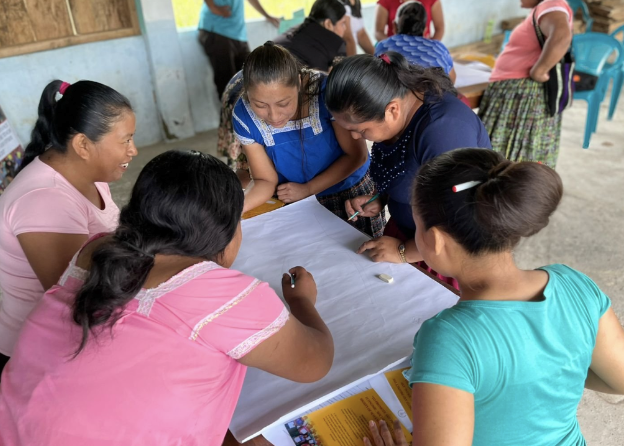
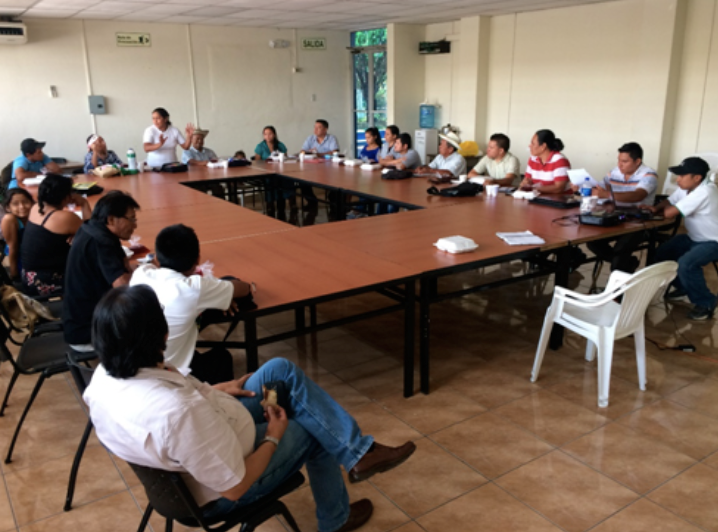
19. Indigenous Peoples’ Rights and Climate Change. Strengthening the knowledge of the Rights of Indigenous Peoples related to Climate Change: activities and actions were carried out to disseminate and socialize the Rights of Indigenous Peoples to deepen the Rights of Mother Earth and its relationship with the territories and communities of Náhua Pipil, Lenca People of El Salvador Strengthening the knowledge of Indigenous Peoples on Climate Change.
20. Women at the forefront of climate change. The Gender Development Association (GDA) of Laos recognizes that Hmong and Khmu women are affected economically and socially by the adverse effects of climate change and have a unique vision to mitigate the damage within their communities. Hmong and Khmu women took the lead in their communities, providing seed funding to 6 villages to address a chosen problem in their villages.
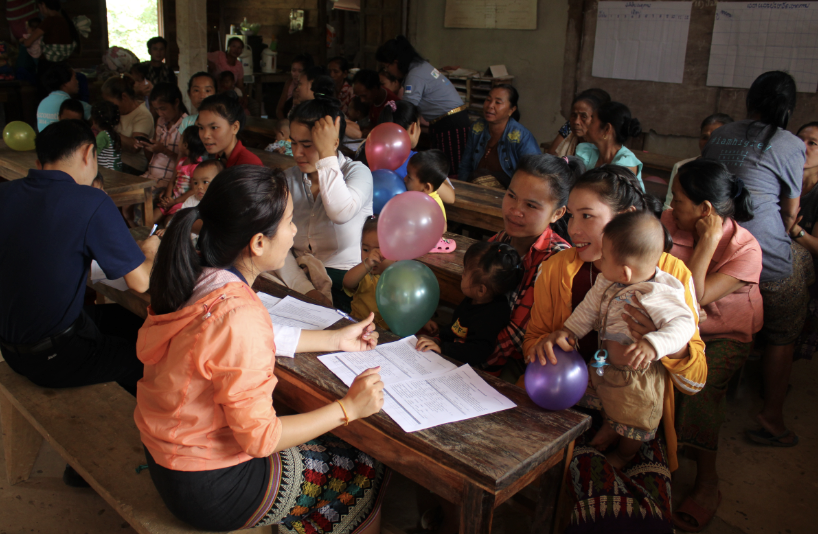
Indigenous Peoples have fought against climate change mitigation with hundreds of initiatives around the world, in different ecosystems and situations that are often unfavorable to them and despite defending their rights and territories they have been subjected to serious attacks and abuses. Protecting and supporting each initiative plays a critical role in climate stabilization at local, regional and global levels. The forests of the continent’s mapped indigenous peoples’ territories alone store around 34 billion metric tons of carbon.
